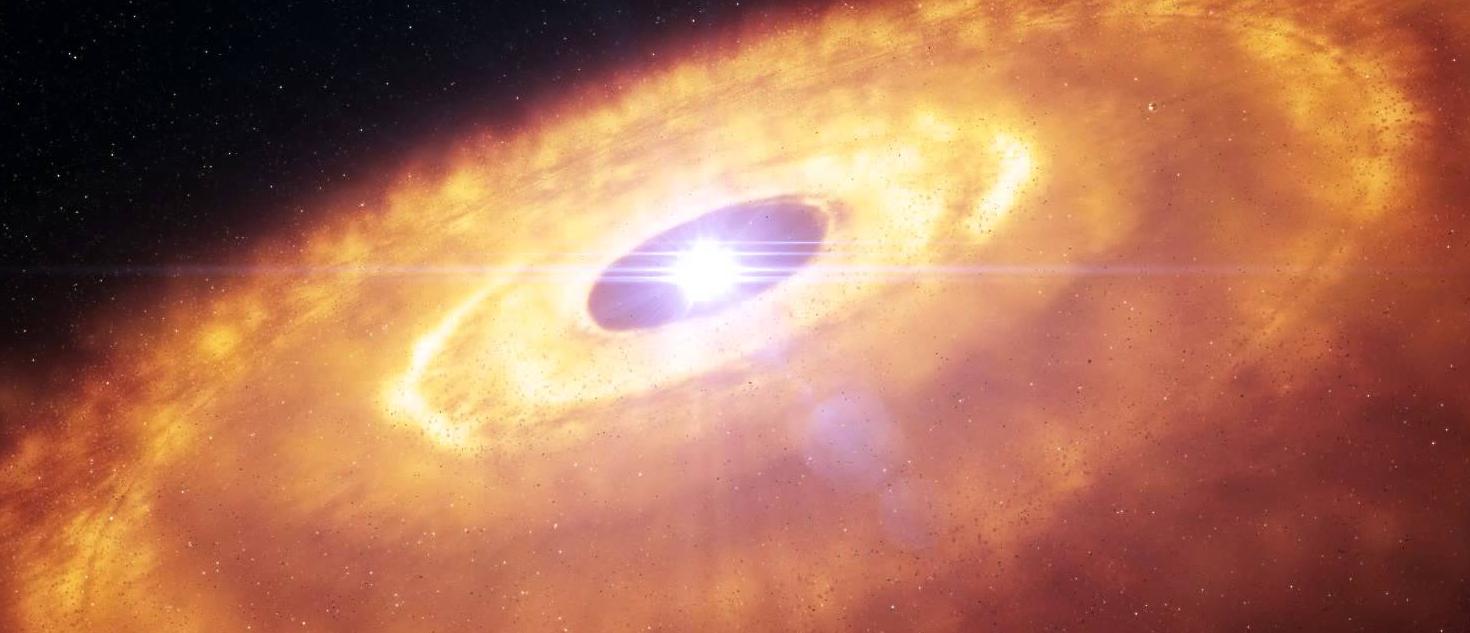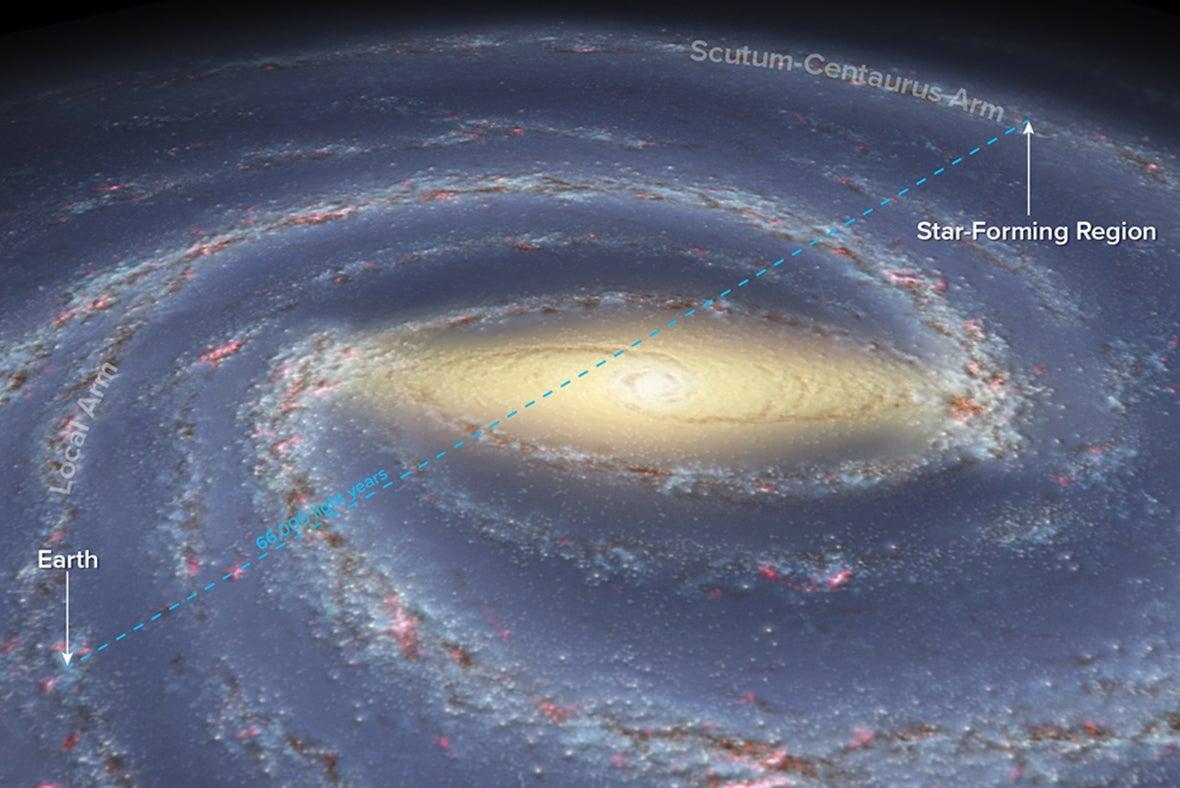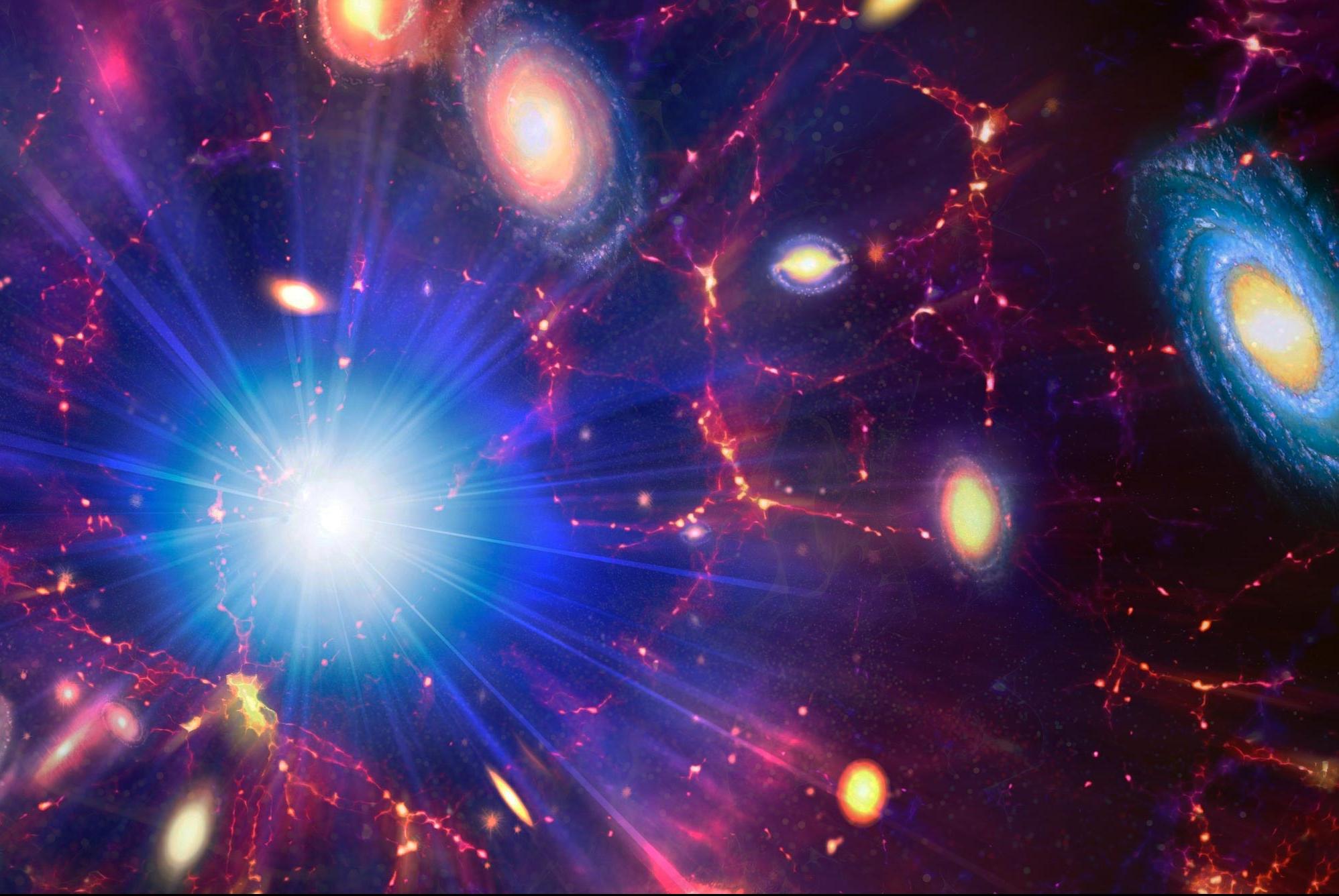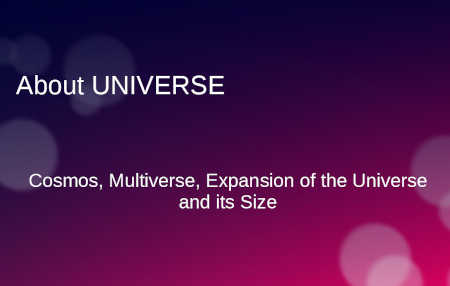Updated By: LatestGKGS Desk
Monistic Concepts- Kant's gaseous hypothesis and the Nebular hypothesis of Laplace

Concepts on the origin of the Universe- Monistic Concepts
Most widely accepted view of the origin of our solar system is the nebular hypothesis proposed by Kant (1753 A.D.).
The nebular hypothesis states:
- About 10,000-20,000 million (i.e.; 10-20 billion) years ago, there was a highly condensed mass of cosmic material called primeval matter or ylem. It probably consisted of neutron, proton and electron-like “particles” of “matter” and “anti-particles” of “anti-matter”.
- This mass of cosmic material exploded to form numerous pieces of cosmic material, called nebulae. This explosion of cosmic material was called big-bang (thermonuclear explosion), so-called big-bang theory. It suggests a singular huge explosion.
- One of such nebulae, called solar nebula, led to the origin of our solar system.
- A nebula was a cold cloudy mass of cosmic dust and gases. In this cloud, most of the mass was concentrated near the center due to condensation and spinning. This nebula, due to its own gravity, finally became a flattened spinning disc of atoms and particles.
- The primitive sun was developed from the dense center while other planets of the solar system, including our earth, were formed from its cooler and less dense periphery. In the peripheral part, atoms and the dust grains aggregated to form asteroid-sized clumps which finally grew to the planetary size and formed the planets. In the sun, thermonuclear reactions started due to its high temperature (due to condensation) so it started emitting radiant energy.
- So the whole solar system is formed at the same time (about 4,600 million years ago) and from a common source.


